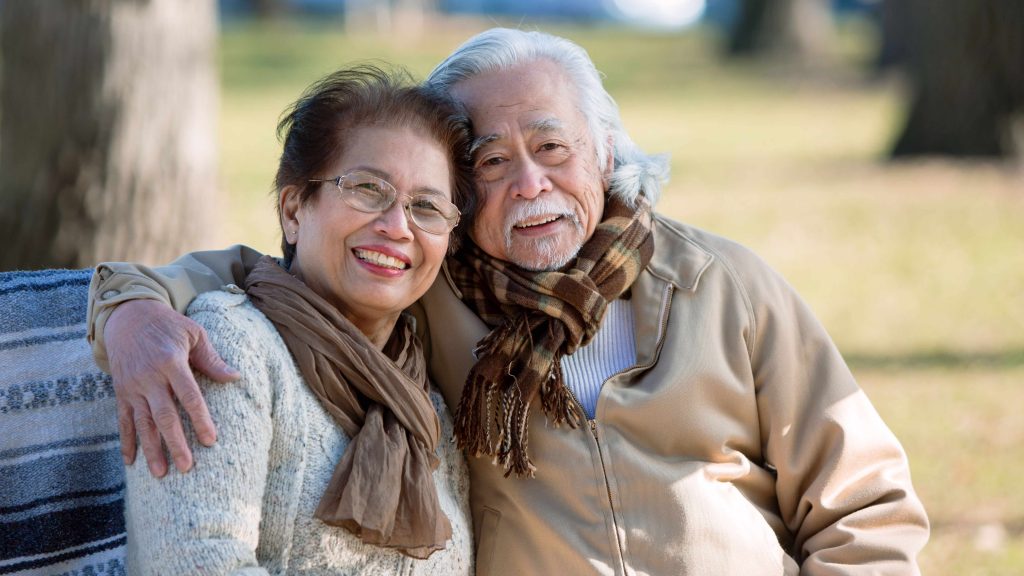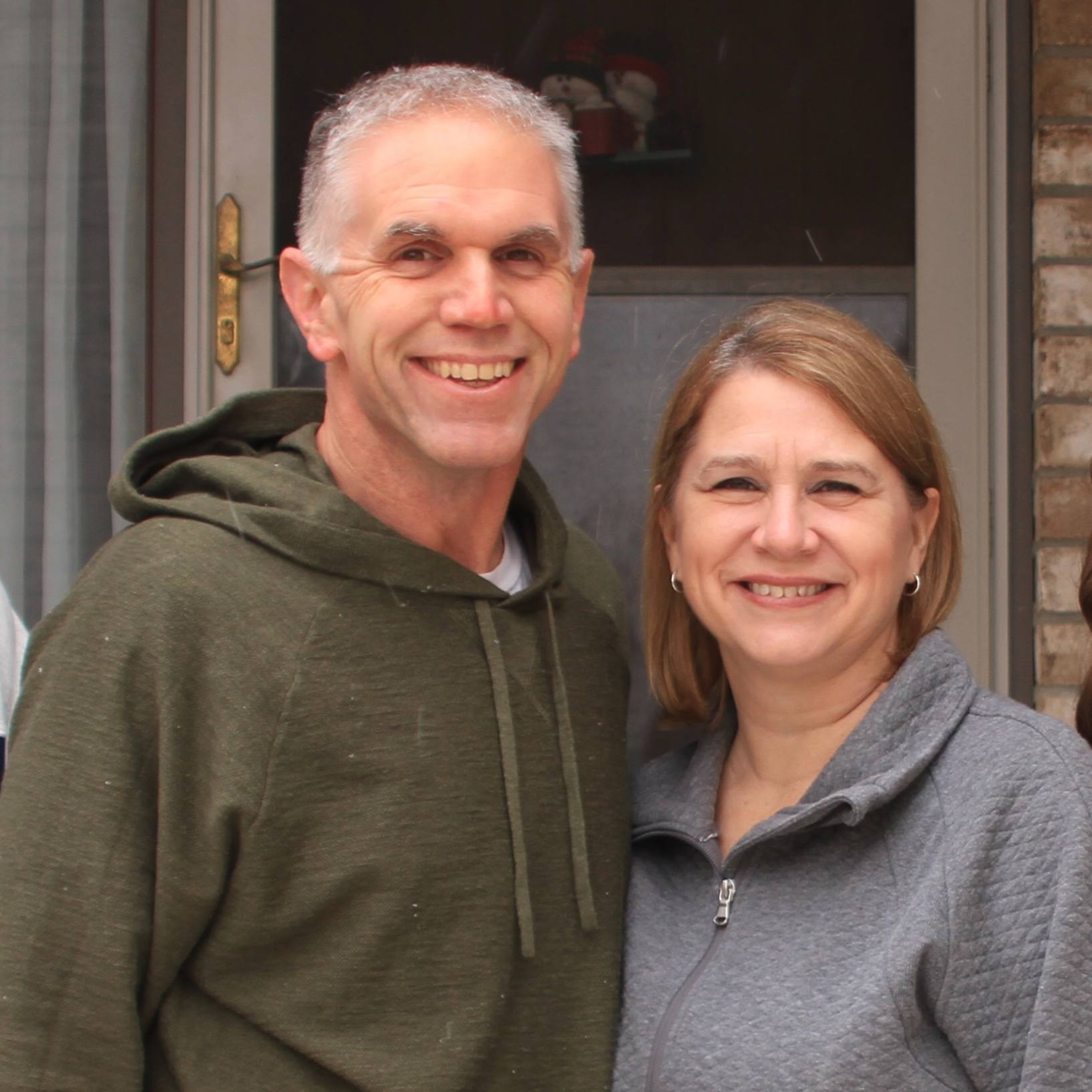-
Featured News
‘Start low, go slow’ still applies for pain management, especially for older patients

ROCHESTER, Minn. — Chronic pain affects a large proportion of older adults and most long-term care residents. Managing chronic pain effectively is essential but challenging, and it has been complicated by concerns about opioid abuse.
Pain management can be safely optimized with a plan that balances the risks and benefits of treatments, according to a commentary in Mayo Clinic Proceedings. Treating chronic pain is best achieved when pharmacologic strategies and nondrug therapies are used at the same time.
"Chronic pain is very common in older adults, and is often associated with other issues, such as depression, insomnia, social isolation and poor quality of life," says Brandon Verdoorn, M.D., a geriatrician and internist at Mayo Clinic. "While it's generally not curable, it can be managed with a systematic approach that begins with a thorough, function-based pain assessment followed by recognition and treatment of contributing conditions."
Then the emphasis should be on initial low-risk strategies to address pain, which typically include noninvasive, nonpharmacological options, says Dr. Verdoorn, who co-authored the commentary with Christina Y. Chen, M.D., also a Mayo Clinic geriatrician and internist. "Virtually every patient can benefit from these low-risk options," he says.
"Some may wonder if pain medications can be safely used in older adults," says Dr. Chen. "This is a timely question, given the opioid crisis. Though many medications used for managing chronic pain can have substantial adverse impacts, it's important to keep in mind that older adults also are affected by a pain epidemic. With judicious use, these medications, including opioids, are important tools for addressing chronic pain, which ultimately affects one's function and independence."
The article in Mayo Clinic Proceedings offers a practical, step-by-step framework that can assist providers who are treating older adult patients with chronic pain:
- Begin with a thorough assessment of pain, focusing on pain-related function.
- Address associated conditions, such as depression and insomnia, at the same time.
- Start with low-risk pain management strategies, including nondrug methods that get the patient actively involved in her or his own improvement.
- Use higher-risk ― often pharmacologic ― strategies cautiously, when needed.
- Frequently reassess and discontinue ineffective treatments.
Drs. Chen and Verdoorn also dispel some commonly held — and inaccurate or misleading — beliefs about the effects of pain medications on older adults, such as that opioid medications cause delirium and falls. "Despite conventional wisdom, the idea that opioids cause falls is not supported by current evidence," says Dr. Verdoorn, though opioids appear to increase the risk of fracture when a fall occurs. This may affect the pain management strategy for patients who have had falls or are at risk for falling.
"Though the elements of our framework are not new, they have not previously been conceptualized in this fashion as far as we are aware," says Dr. Chen. "The intent is to provide a useful in-office tool to help guide management of chronic pain. With a careful and systematic approach, pain management can be safely optimized for older adults."
###
About Mayo Clinic Proceedings
Mayo Clinic Proceedings is a monthly peer-reviewed medical journal that publishes original articles on clinical and laboratory medicine, clinical research, basic science research, and clinical epidemiology. Mayo Clinic Proceedings is sponsored by the Mayo Foundation for Medical Education and Research as part of its commitment to physician education.
About Mayo Clinic
Mayo Clinic is a nonprofit organization committed to innovation in clinical practice, education and research, and providing compassion, expertise and answers to everyone who needs healing. Visit the Mayo Clinic News Network and An Inside Look at Mayo Clinic for more information.
Media contact:
- Emily Blahnik, Mayo Clinic Public Affairs, 507-284-5005, newsbureau@mayo.edu







